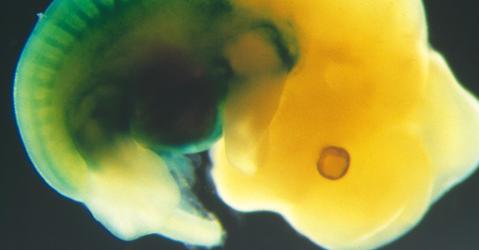You are here
Videos
Each year, some 40 billion tonnes of CO₂, one of the main greenhouse gases, are released into the atmosphere. A significant proportion of these is captured by the oceans, vegetation and the soil. The CNRS scientists are trying to better understand these natural carbon sinks, predict their evolution and also increase their storage capacity, or even envisage artificial sinks.
Recent Videos
To build the airplanes of tomorrow, researchers are turning to Nature for inspiration. But how can we copy a bird's muscles, feathers and brains? With electroactive morphing, piezoelectric...
Manipulating DNA with tweezers is now possible, using technology developed at a cutting-edge French-Japanese laboratory (LIMMS). The researchers designed silicon nanotweezers capable of grabbing...
Today, only four arches remain of the famous bridge of Avignon (southeastern France), which in the Middle Ages, was over 900 m long to cross the entire Rhône river. Following a four-year research...
Clouds are not just made of water. They also contain quantities of bacteria whose activity affects the cloud, and may even have an impact on the greenhouse effect. We...
Long reserved only to biologists, the field of embryology is becoming increasingly open to physicists, whose role is to dissect the mechanical processes of embryonic development.
In operation since June 2014, the Spectro-Polarimetric High-contrast Exoplanet REsearch instrument (SPHERE), attached to one of the four mirrors of the Very Large Telescope (VLT) in Chile, was...








